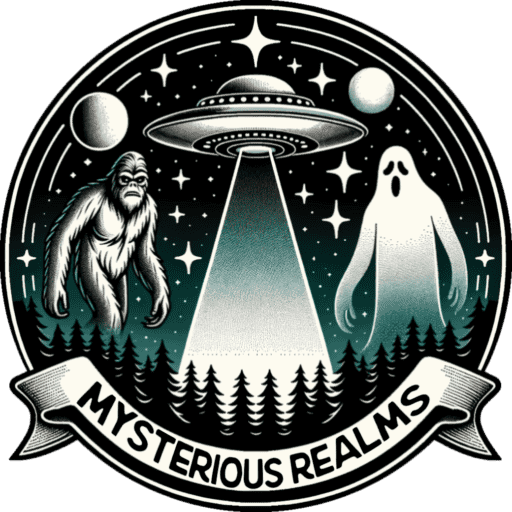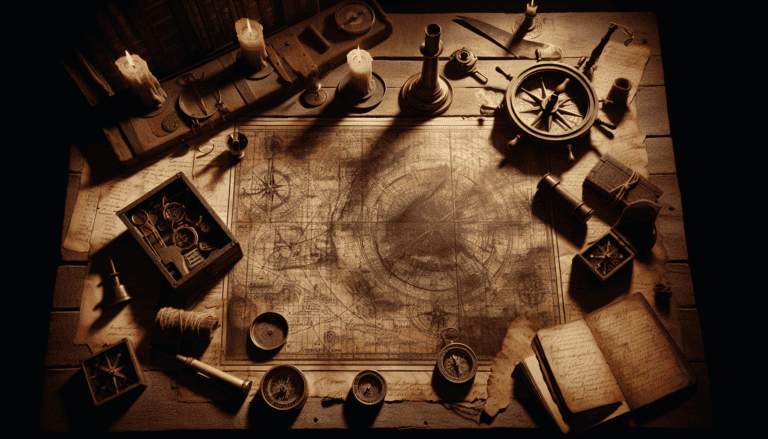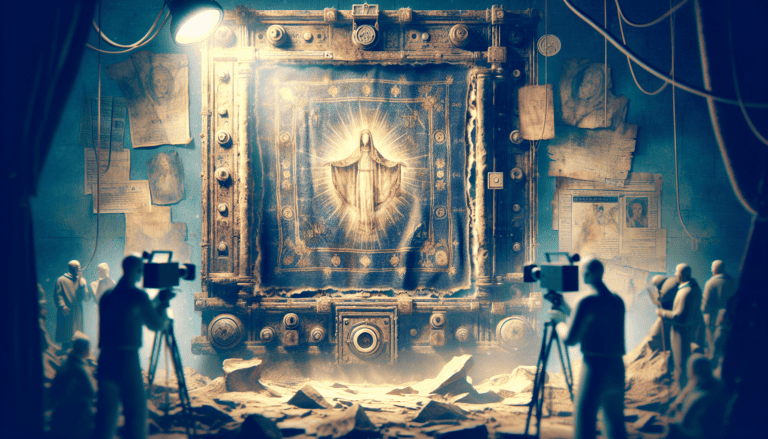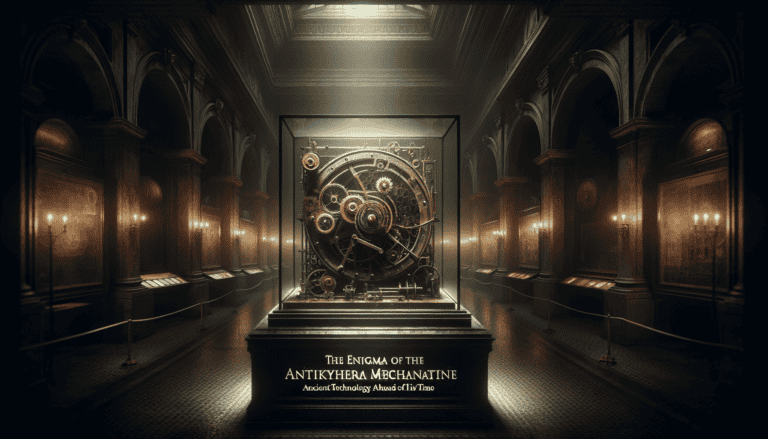Etched in the Desert: Unraveling the Secrets of the Nazca Lines
Imagine giant drawings etched into the earth, so massive they can only be fully appreciated from the sky. This is the reality of the Nazca Lines, a collection of ancient geoglyphs sprawled across the arid plains of southern Peru. Created by the Nazca culture between 500 BCE and 500 CE, these designs have puzzled historians and archaeologists for nearly a century. The figures were made by removing the dark, rust-colored surface pebbles to expose the lighter-colored ground beneath. Because of the region’s dry and stable climate, these ancient artworks have remained well-preserved for two millennia, waiting to be understood.
For generations, a fundamental question has lingered: why did the Nazca people invest such immense effort into creating art they could never fully see from the ground? The purpose of the lines remains one of archaeology’s most captivating debates, sparking theories that range from ceremonial pathways to a giant astronomical calendar. Understanding these geoglyphs offers a unique window into the cosmology, rituals, and worldview of a sophisticated pre-Incan civilization. Examining the evidence and leading hypotheses helps reveal the details of this fascinating historical enigma.
Key Takeaways
-
The Nazca Lines are a collection of massive ancient geoglyphs in Peru, created by the Nazca culture between 500 BCE and 500 CE, which are so large they are best viewed from the air.
-
They were made by removing dark, rust-colored surface pebbles to expose the lighter ground underneath and have been preserved for millennia thanks to the region’s extremely dry and stable climate.
-
The designs are diverse, featuring over 800 straight lines, 300 geometric shapes, and approximately 70 intricate figures of animals and plants, such as a spider, monkey, and hummingbird.
-
The purpose of the Nazca Lines remains one of archaeology’s biggest mysteries, as the Nazca people left no written records to explain their monumental work.
-
A leading theory suggests the lines functioned as a giant astronomical calendar to track celestial events for agricultural and religious purposes.
-
This astronomical theory is heavily debated, as many lines do not align with celestial bodies, leading experts to believe their purpose was multifaceted, possibly involving ceremonial rituals.
Messages to the Sky
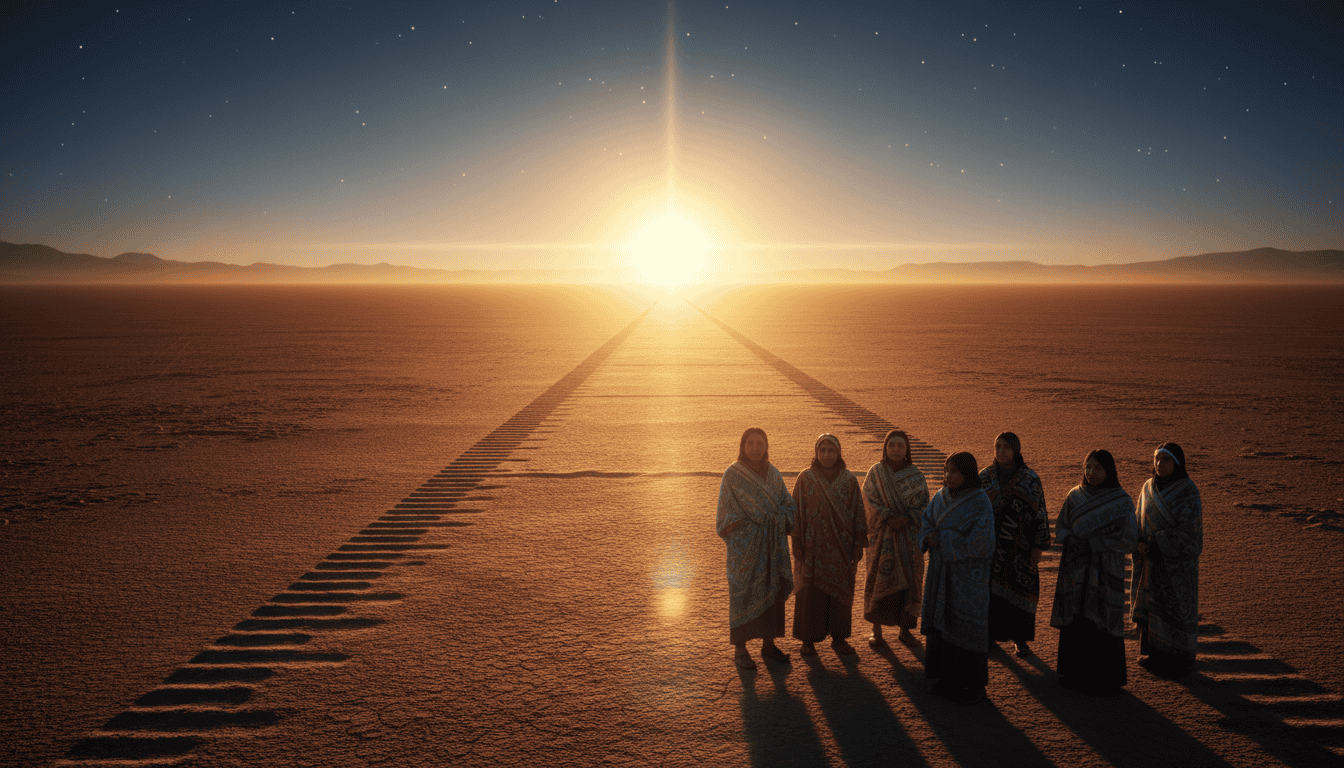
One of the most compelling theories suggests the Nazca plain was a colossal astronomical calendar, with its lines pointing to the heavens. This idea gained traction in the 1940s when researcher Paul Kosok observed that one group of lines aligned perfectly with the sunset on the winter solstice. This discovery led to the hypothesis that the ancient Nazca people used these geoglyphs to track celestial events, marking important dates for their agricultural cycles and religious ceremonies. In this view, the vast desert floor was transformed into an open-air observatory, a series of sacred pathways connecting the people on the ground to the stars above.
However, the celestial calendar hypothesis has its critics. While some lines and figures do align with significant astronomical positions, many others do not seem to point to anything meaningful in the sky. Researchers point out that with over 800 straight lines crisscrossing the desert, some will align with stars or solstices purely by chance. This lack of consistent correlation has led many experts to believe that while astronomy may have played a role, it was likely not the sole or even primary purpose for the creation of every line.
An Enduring Enigma
The Nazca Lines remain one of archaeology’s most profound mysteries, a monumental testament to the ingenuity of an ancient culture. For a millennium, between 500 BCE and 500 CE, the Nazca people meticulously etched hundreds of figures into the arid Peruvian desert floor. By removing the dark, oxidized surface pebbles to reveal the lighter earth beneath, they created designs so vast they are only fully appreciated from the sky. Despite our understanding of their construction, the purpose behind this colossal undertaking remains locked in the past, inviting endless speculation.
Scholars have proposed several compelling theories to decipher the lines’ meaning, though none are universally accepted. The most prominent ideas suggest the geoglyphs served a ceremonial or astronomical function, with some researchers believing the straight lines were sacred pathways walked during rituals. Others argue that many figures, like the famous hummingbird and monkey, align with constellations or mark celestial events, acting as a massive astronomical calendar. Yet, the diversity of the designs, from simple lines to complex animal figures, suggests their purpose may have been multifaceted or perhaps something not yet considered.
The Nazca Lines remain a silent dialogue between an ancient people and the modern world, their messages etched into the earth for eternity. This enduring puzzle challenges us to look beyond the known and consider the worldview of those who created them so long ago. The mystery forces us to confront the limits of our own understanding when faced with such an ambitious and enigmatic creation. What do you believe was their ultimate purpose? Were they a map to sacred resources, a calendar of the cosmos, or something else entirely? Share your theories in the comments below.
From Hummingbird to Astronaut: A Closer Look at the Famous Figures

Among the most recognizable figures are the intricate animal geoglyphs, each displaying remarkable precision and symbolic weight. The Hummingbird, for instance, stretches nearly 310 feet long and is often associated with fertility and the summer solstice, a crucial time for an agricultural society. Another famous design, the Spider, measures about 150 feet and has been identified as a member of the rare Ricinulei genus, a venomous spider found deep in the Amazon. This surprising biological accuracy, etched on a massive scale, suggests the Nazca possessed extensive knowledge of the natural world, possibly linking the figures to shamanistic visions or journeys.
Other designs feel more mysterious and have fueled decades of speculation about their true meaning. The Monkey, with its distinct spiraling tail and unusual nine-fingered hands, spans over 300 feet and is thought by some to represent the Big Dipper constellation. Perhaps most famous is the humanoid figure etched into a hillside, popularly nicknamed “The Astronaut” for its large, round head and what appears to be a waving gesture. While some see this as evidence of ancient extraterrestrial contact, most archaeologists interpret it as a shaman or deity figure, whose prominent position made it visible to those walking on the plains below.
Beyond the individual figures, the sheer scale and variety of the geoglyphs are staggering, with some straight lines stretching uninterrupted for miles. Many researchers, like the late Maria Reiche who dedicated her life to studying the lines, believed the entire plain functioned as a massive astronomical calendar. This theory suggests the lines were created to track solstices, equinoxes, and the movements of constellations, serving as a ritual guide for agricultural cycles. In this view, walking the lines may have been a sacred act, connecting the people on the ground to the gods in the sky.
Preserving the Past: The Fight to Protect the Nazca Lines
Despite surviving for two millennia, the Nazca Lines are incredibly fragile, and their biggest threats today come from the modern world. Human activity poses the most immediate danger, with incidents like a truck driver veering off-road in 2018 permanently scarring the ancient designs and illegal settlements encroaching on the protected desert. Beyond direct damage, climate change presents a slower but equally destructive force. According to environmental reports, increased frequency of El Niño events brings unusual rainfall to the arid region, causing erosion that can wash away the shallow etchings and blur the lines that have remained sharp for centuries.
In response to these growing dangers, a dedicated effort is underway to protect this irreplaceable heritage. Peru’s Ministry of Culture, working closely with global partners like UNESCO, has intensified conservation initiatives to safeguard the sprawling site. They use modern tools, including satellite imagery and drones, to monitor the vast landscape for unauthorized intrusions and the subtle effects of erosion. By establishing stricter protective zones and launching public awareness campaigns, authorities hope to instill a sense of shared responsibility, ensuring this enigmatic chapter of human history is not erased before we can fully understand it.
Conclusion
The Nazca Lines remain one of history’s most compelling visual puzzles, a silent testament to an ancient culture’s ingenuity and deep connection to their landscape. For centuries, these massive figures of animals, plants, and geometric shapes lay preserved in the arid Peruvian desert, created by the careful removal of dark surface stones to reveal the lighter earth beneath. We know who made them and how, but the ultimate purpose behind creating art on a scale that can only be truly appreciated from the sky continues to fuel intense debate and wonder among all who study them. This fundamental mystery is the very heart of the Nazca phenomenon, a question etched into the earth itself.
While theories range from celestial maps to sacred pathways for water rituals, a definitive answer remains tantalizingly out of reach, leaving the door open to endless possibilities. This enduring enigma is precisely what makes the lines so captivating, inviting us to look beyond simple explanations and connect with the worldview of a people from two millennia ago. They are more than just ancient drawings; they are a profound message from the past that we are still trying to decode. Perhaps their true purpose was a combination of many ideas, or something we haven’t even considered, what do you believe was the ultimate reason for these magnificent desert etchings?
Frequently Asked Questions
1. What are the Nazca Lines?
The Nazca Lines are a vast collection of ancient geoglyphs etched into the desert plains of southern Peru. These designs, which include straight lines, geometric shapes, and figures of animals and plants, are so massive they are best appreciated from an aerial perspective.
2. Who created the Nazca Lines and when?
These remarkable geoglyphs were created by the Nazca culture, a sophisticated pre-Incan civilization that flourished in the region. Archaeological evidence dates their construction to a long period between 500 BCE and 500 CE.
3. How were these massive drawings made without modern technology?
The Nazca people created the figures using a simple and effective technique. They removed the dark, rust-colored pebbles from the desert surface to expose the lighter-colored, sandy ground underneath, creating a striking visual contrast.
4. What kinds of figures are depicted in the Nazca Lines?
The collection is diverse, featuring over 800 straight lines, 300 geometric shapes, and about 70 biomorphs. These biomorphs famously depict animals such as a hummingbird, spider, monkey, and whale, showcasing a deep connection to the natural world.
5. Why have the Nazca Lines survived for thousands of years?
Their preservation is due to the unique climate of the Nazca desert plateau. The region is extremely arid, with very little rain, wind, or temperature fluctuation, which has protected the shallow etchings for nearly two millennia.
6. What was the purpose of the Nazca Lines?
The true purpose remains one of archaeology’s greatest mysteries, as the Nazca people left no written records to explain their work. Leading theories suggest they may have served as ceremonial pathways for rituals, a massive astronomical calendar, or symbolic representations connected to water and agricultural fertility.
7. How large are the Nazca Lines?
The scale of the designs is immense, with the entire collection spanning an area of up to 75 square kilometers. Individual figures vary greatly in size; some famous animal designs stretch over 370 meters (1,200 feet) in length, and some straight lines run for several miles.
